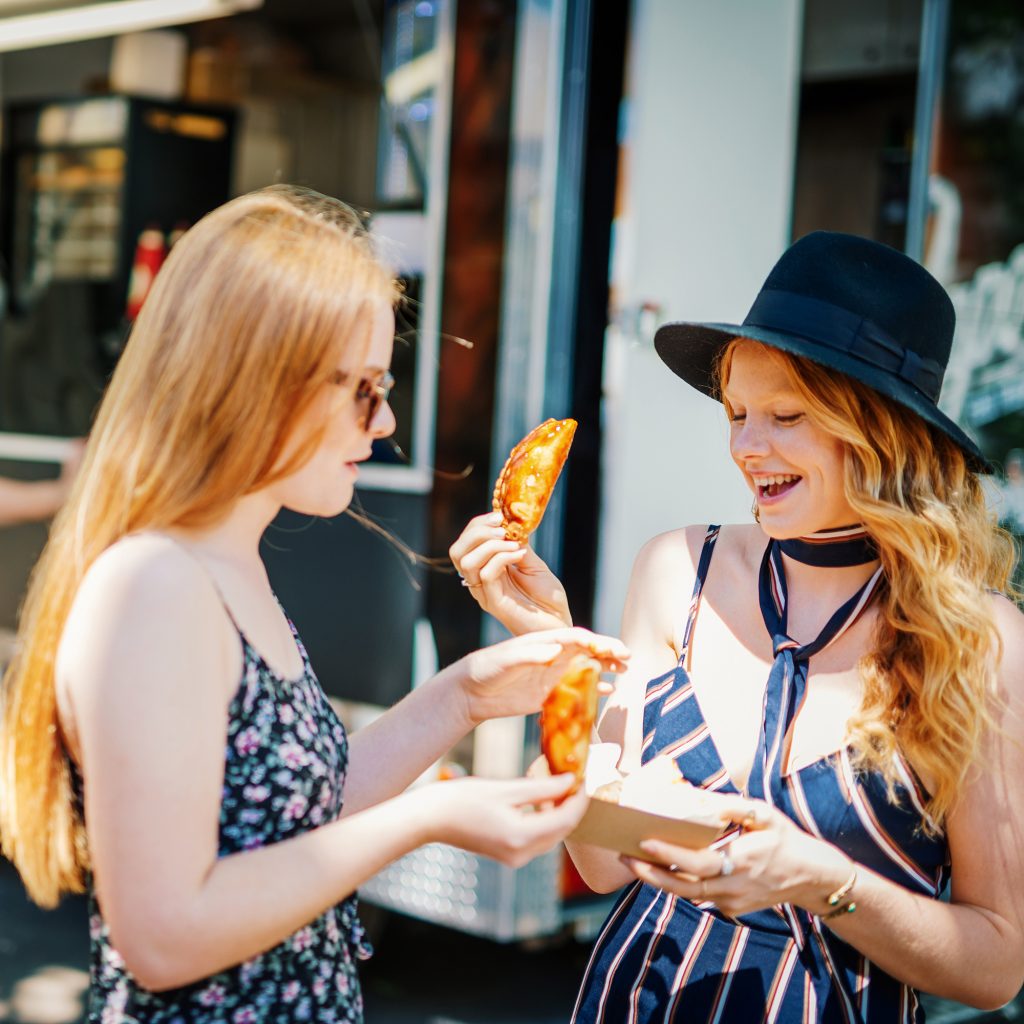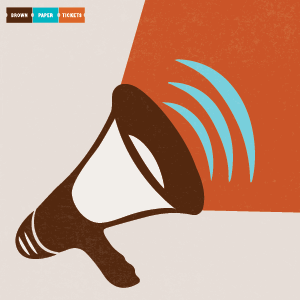

If you’ve ever planned a free public event, this will sound familiar. You promoted your event, got over 60 “yes’s” and the total attendance ends up to be about 5, including yourself and your dog. So you drag all the leftover food home and sob into the extra bottles of wine, wondering why so many people said, yes, when they really meant no.
Low attendance is often the case for free public events, especially for first-time event organizers. These days, flea-size attention spans, confusing ‘digital manners’, and lots and lots of choices make getting the “hard yes” a hard challenge.
Here’s how to get people not only to RSVP to your free event, but show up and have a great time.
1. Charge Admission
“When people are offered something for free, they have this extreme positive reaction that clouds their judgment.” From the Zero Price Effect study cited in this article.
Use “truffle logic” when it comes to ticket prices. In the Zero Price Effect study, participants always took a low-quality “free” piece of chocolate, even though they could have spent just 13 cents to get a better truffle–but when it came to paying even just a penny for the low-quality chocolate, they chose to spend a little more for the luxury truffle. The findings concluded that “free” anything clouds our judgement. Hence, the reason we all have those logo-covered conference tees in our closets.
A small admission price, even just $5 prevents attendees from getting so excited about the “free” ticket, that they RSVP yes too soon, only to change their minds later. A small ticket fee can even make your event more appealing, because it will have a higher perceived value.
If you’re uncomfortable charging admission, consider turning your event into a fundraiser for a local charity or offering “pay what you can” pricing.
2. Focus on the value
Gratis, gratis, gratis. Did we mention it’s free? Yes, about 100 times. It’s human nature to be suspicious of free—after all, how many of us attended a free event only to find out it’s a timeshare talk or an MLM gathering to sell fancy candles?
When you market your free event, lay off the all-caps FREE and focus on the true value proposition of your event (award-winning vegan ice cream, fire dance performances, cocktails made by a master mixologist). Then mention that there’s limited space and encourage your patrons to register by a certain date.
3. Make Your Event Invite-Only
This works well for networking events and workshops. Have a smaller, more exclusive event. Make your event private and invite-only and ask only the top-tier in their fields to attend. This way, you will only get serious RSVPs because part of the allure is networking with the other attendees.
If guests cancel last minute, give them a chance to send a coworker. That way, even if people drop out at the last minute, your attendance is kept up.
4. Give an Incentive to Show Up
Events bring the community together. Ask small businesses to pitch in a few items or gift cards to raffle off. They’ll get low-cost advertising and you’ll get prizes for your event. The possibility of winning a raffle is a definite incentive to show up.
Another fantastic incentive for free events is food. Coffee and pastries are always a hit with free morning events and tacos are universally loved (and relatively cheap/dietary-restriction-friendly) for afternoon and evening ones.
5. Add a Cancellation Policy
Use this one with caution–a stern cancellation policy can make you seem like a jerk and even a whiff of jerkdom can negatively impact attendance.
Add a cancellation policy to your event that clearly spells out what will happen if your attendees don’t show up at the last minute. Make sure you state exactly when the policy goes into effect. Some events are even combating low attendance with deposits.
6. Increase Your Reminders
Send out a reminder the month, week, and night before the event. You can notify all attendees right through your Brown Paper Tickets event, so anyone on your guest list will get the email. Restate your value proposition in the email and also give them the chance to change their RSVP.
“If you need to change the RSVP, please xyz.”
7. Use Subtle Guilt
Hey everyone,
Don’t forget, the big day is tomorrow. There’s a breakfast sandwich that can’t wait to meet you. If you can’t make it (because … life) please change your status now, so a person on the wait list can enjoy your breakfast sandwich and no food is wasted.
Darling guests,
Our event date has arrived and we’re looking so forward to seeing you tomorrow. Parking is a bear this time of year, so add extra time to your drive over. If plans have changed (womp, womp), you can change your RSVP here: [link] We’ll be bummed, but will look forward to seeing you next time.
Don’t let low attendance get you down. Just alter your expectations, think about what you could do better and get ’em the next time.
The unexpected does happen and you might have to cancel your event one day—read our blog post on how to cancel your event, in case it ever comes up.
Event Tips >











 Arts
Arts Comedy
Comedy Event Tips
Event Tips Film
Film Food & Drink
Food & Drink Good Causes
Good Causes Music
Music News
News Radio
Radio Roller Derby
Roller Derby